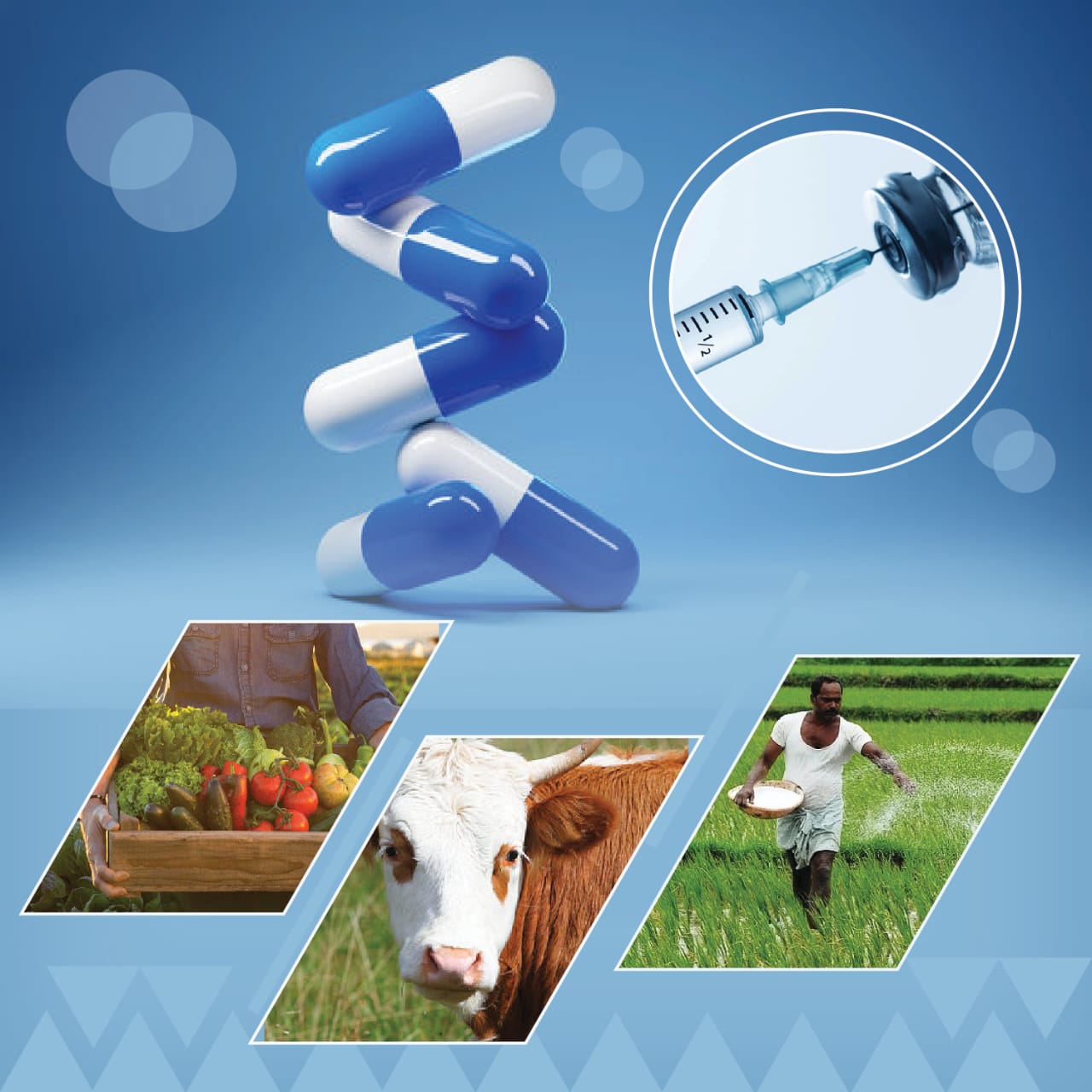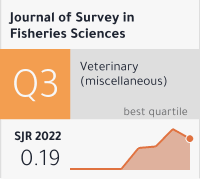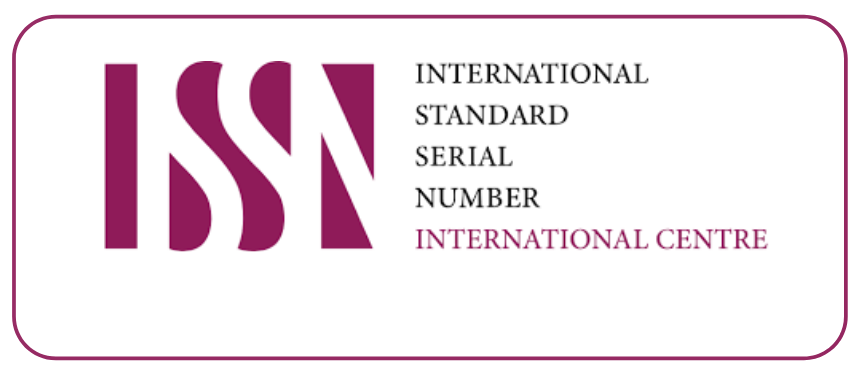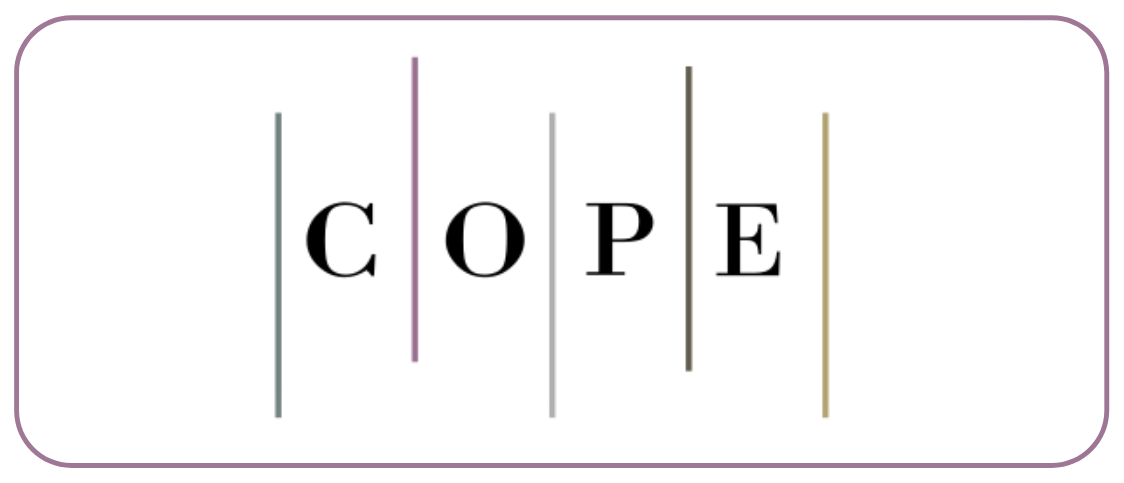Isolation, Morphological And Biochemical Identification Of Endophytic Fungi From Moringa oleifera And Its Antimicrobial Potential
DOI:
https://doi.org/10.53555/sfs.v9i1.1846Keywords:
Endophytic fungi, Moringa oleifera, IAA, Siderophore, AntimicrobialAbstract
The present study was aimed at isolating endophytic fungi from the leaves of M. oleifera and analyzing its antimicrobial potential. In this study, the fungal endophyte Acremonium sp. was isolated identified through morphological and biochemical analysis. In IAA the strain produced 55.27 ± 3.00 μgml-1 IAA without exogenous tryptophan application (control) in the culture medium. The addition of 1mgml-1 tryptophan to the culture medium increased the IAA production to 76 ± 2.6 μgml-1 The production of siderophore was performed in the absence and presence of an iron source in the medium. The strain was cultured in the minimal media supplemented with different Fe(III) citrate concentrations, i.e., 0 μM, 0.25 μM, 2.0 μM, and 4.0 μM. The isolated fungi showed high siderophore production when cultured in a medium without Fe(III) citrate. Siderophore production found to be 40.00 ± 0.4 (psu) in the culture medium without the addition of Fe(III) citrate.. Siderophore production was slightly reduced , i.e., 33 ± 0.3 (psu) at 0.25 μM Fe(III) citrate in the culture medium. However, a significant reduction in the production of the siderophore was observed when Fe (III) citrate content was raised to 2.0 μM and 4.0 μM. In case of bacterial strains it was observed that maximum activity was observed against P. aeruginosa at 80 µg/ml (IZ-20mm) while minimum at 20 µg/ml against E. coli (10mm) but at 40 and 60 µg/ml activity was at par (IZ-14mm) while S. aureus was found to be partially resistant. In case of antifungal it was observed that when extract of PD 20 was tested maximum activity was observed at 80 µg/ml against T. reesei (IZ-22mm) while C. albicans was found to be partially resistant as initially no activity was observed against it. Against P. funiculosum no activity was observed at 20 µg/ml but with increase dose level activity increased.Therefore, we conclude that the isolated Acremonium sp. should be further investigated before utilization as a biocontrol agent and plant growth stimulator









